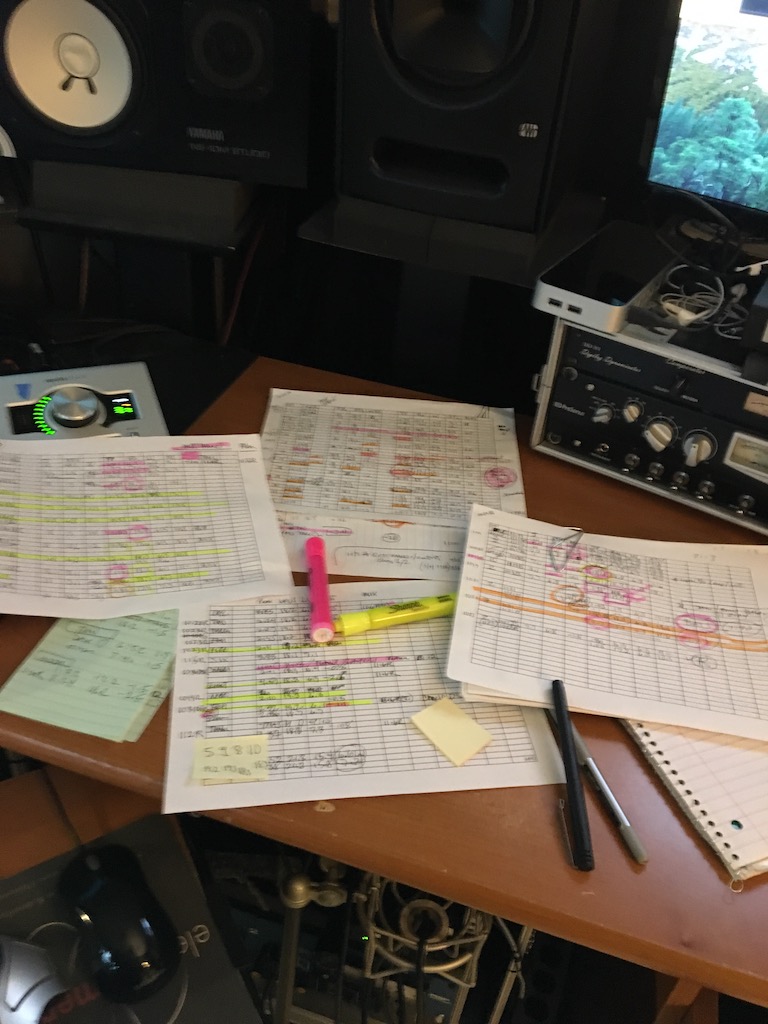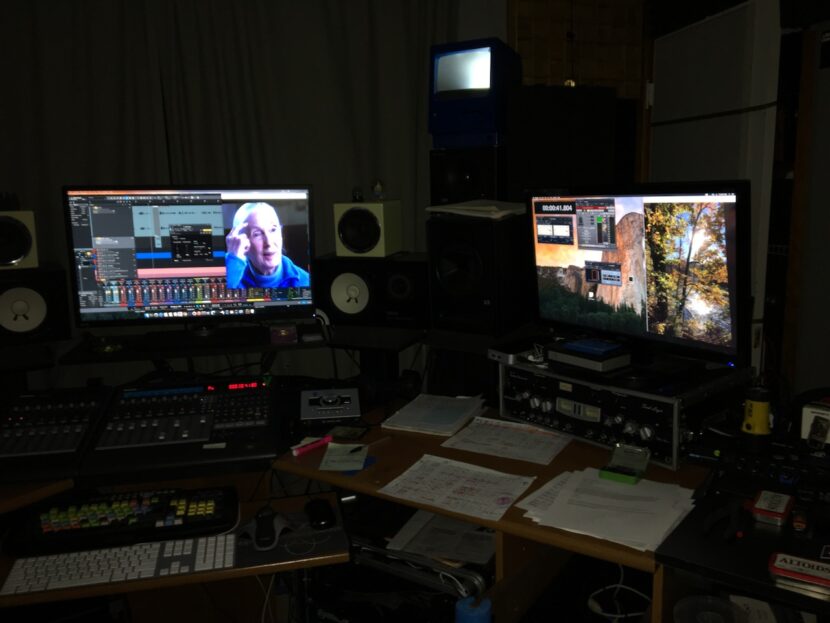This post is a collection of my favorite moments from the many hours of audio that make the MLWC unabridged Audiobook. It includes a few of the more challenging moments in mixing.
To start with, I have to say never ever grew tired of listening to Jane’s voice. I found it especially soothing and therapeutic in the times when I was struggling with family related challenges during the course of the production timeline. Conversely, there were the challenging moments toiling to keep bombastic elements such as air raid sirens, (Chpt 2) a violent plane crash (Chpt 7), chain saws of deforestation, along with fatiguing repeated listening to chimp screams and fight scenes (Chpt 11). Then there are unnerving pig squeals from a slaughterhouse as the animal suffered its last blow or shock, yuck (Chpt 11 ).
That said, the wonderful moments far outweigh the more aurally challenging ones. I can listen to the laying of an egg sequence (Chpt 1) on repeat, as Jane transports me to the 5-year-old child view every time, Conrad Lorenz playing mama duck (Chpt 2), the animal chaos that was Lewis Leakey’s office and all of Jane’s animal friends spilling out of her car (Chpt 4) to name only a few. Then of course, there is Jane’s telling of the evolution of Roots and Shoots and her informed plea wrapped in story to all the children of the World and the riveting story of Jojo and Rick Slopes (Chpt 12).
Mixer Moments
Here are a few of those moments:
-
The wonder of laying an egg (Chapt1) :00
-
All the animals piling in/out of the family car (Chpt 4) 1:24
-
The sounds of miserable chimps in the relentless rain and enhancing the visceral RAW! (Chpt 6) 2:04
-
The violent plane crash enroute to Dar es Salaam (Chpt 7) 4:31
-
The story of Figgin and Fabian, fights and lots of ambient layers (Chpt 8) 6:13
-
The story of little Mel and Spindel (Chapt 11) 9:46
-
Slaughterhouse abuse (Chpt 11) 11:33
-
The story of Jojo and Rick Slopes (Chapt 12) 12:44
Some Q & A

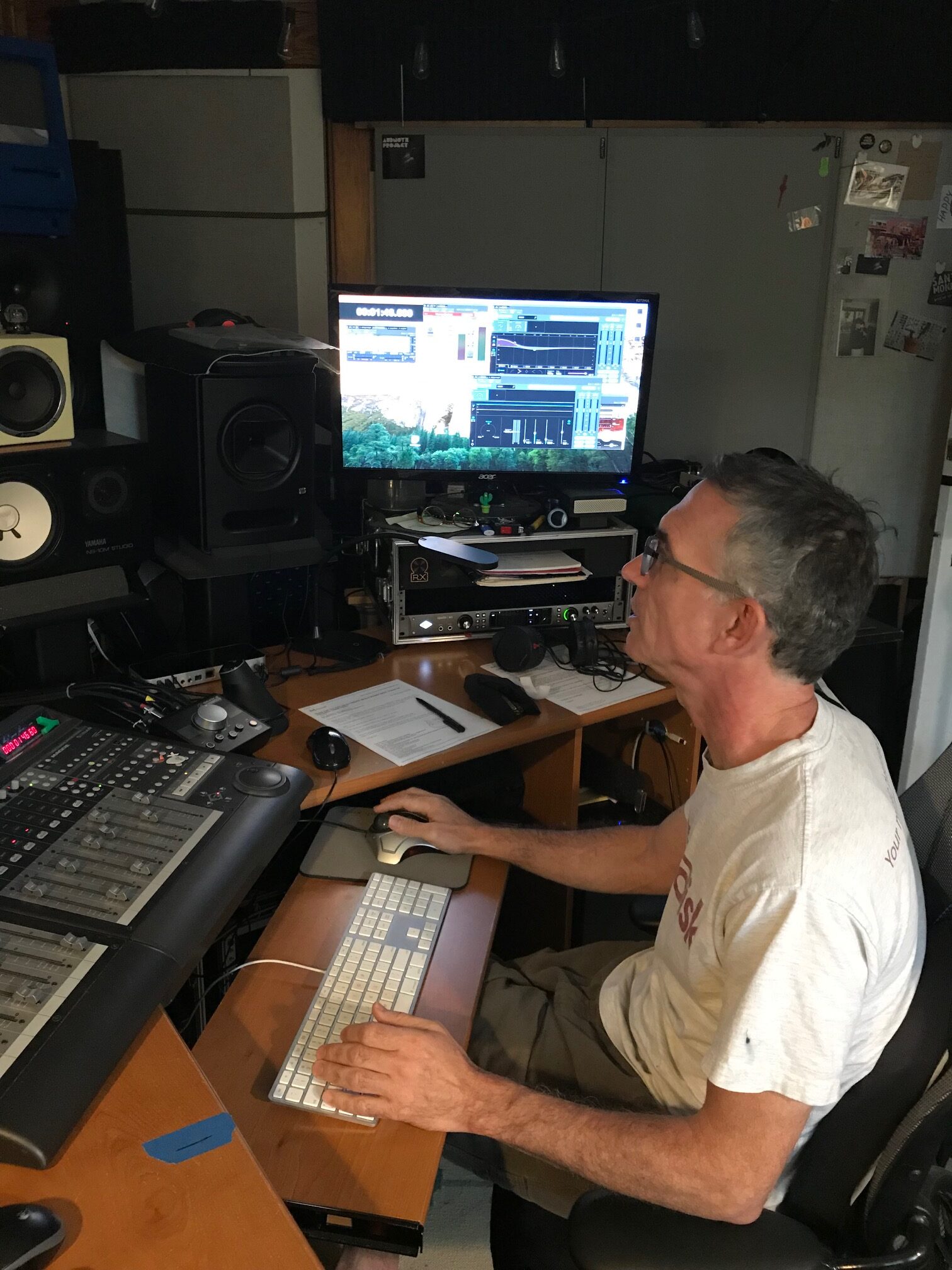
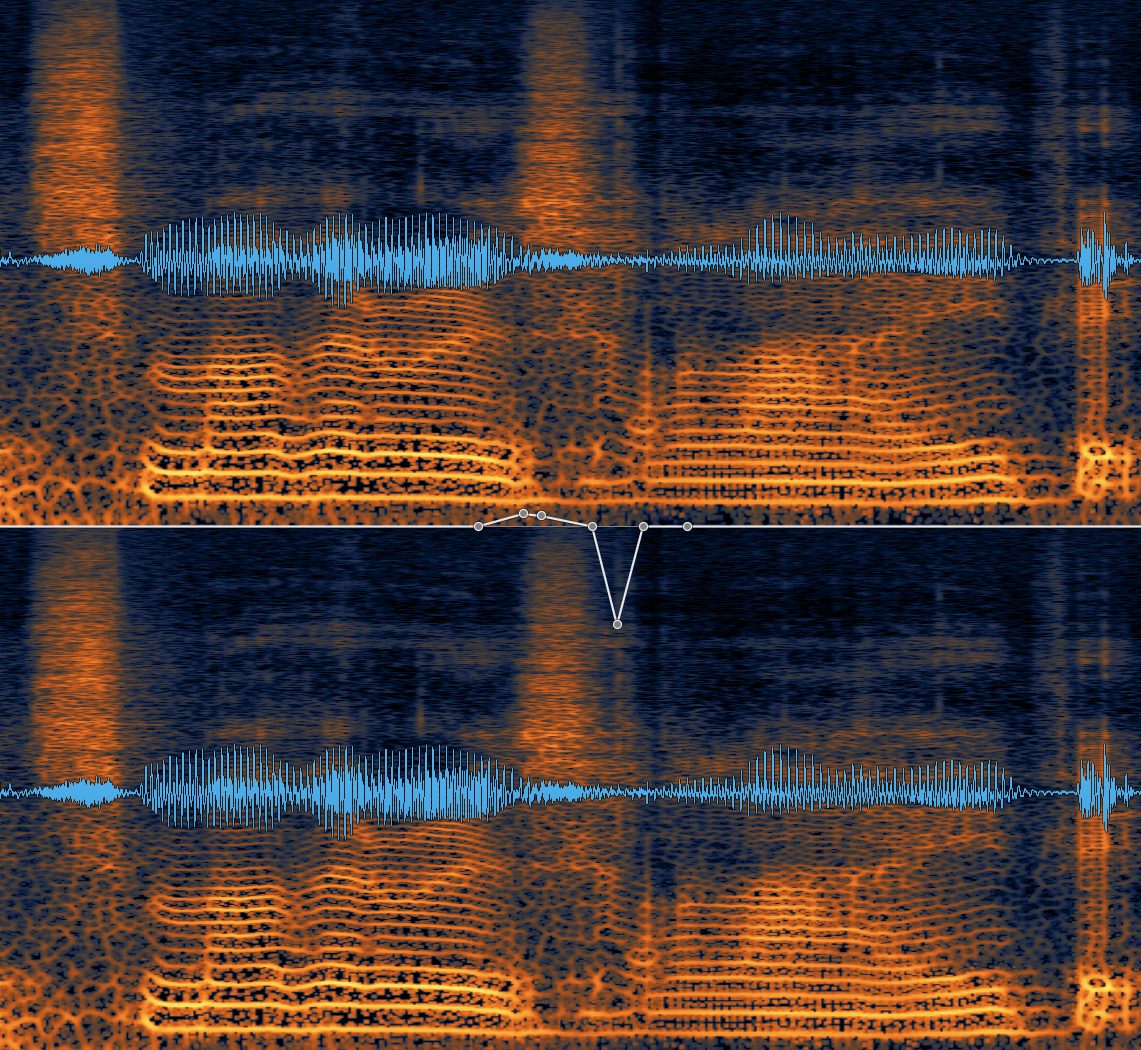
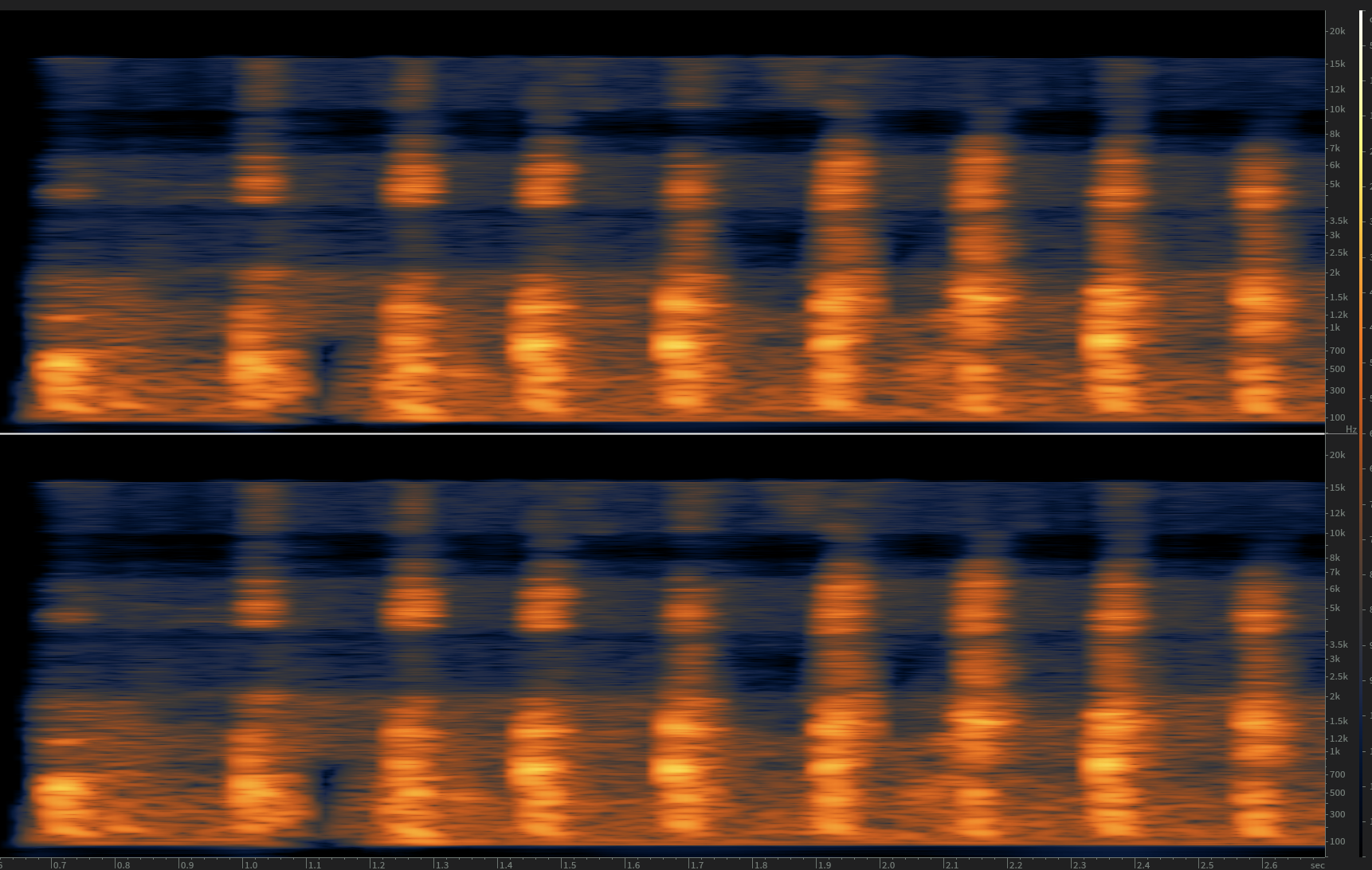
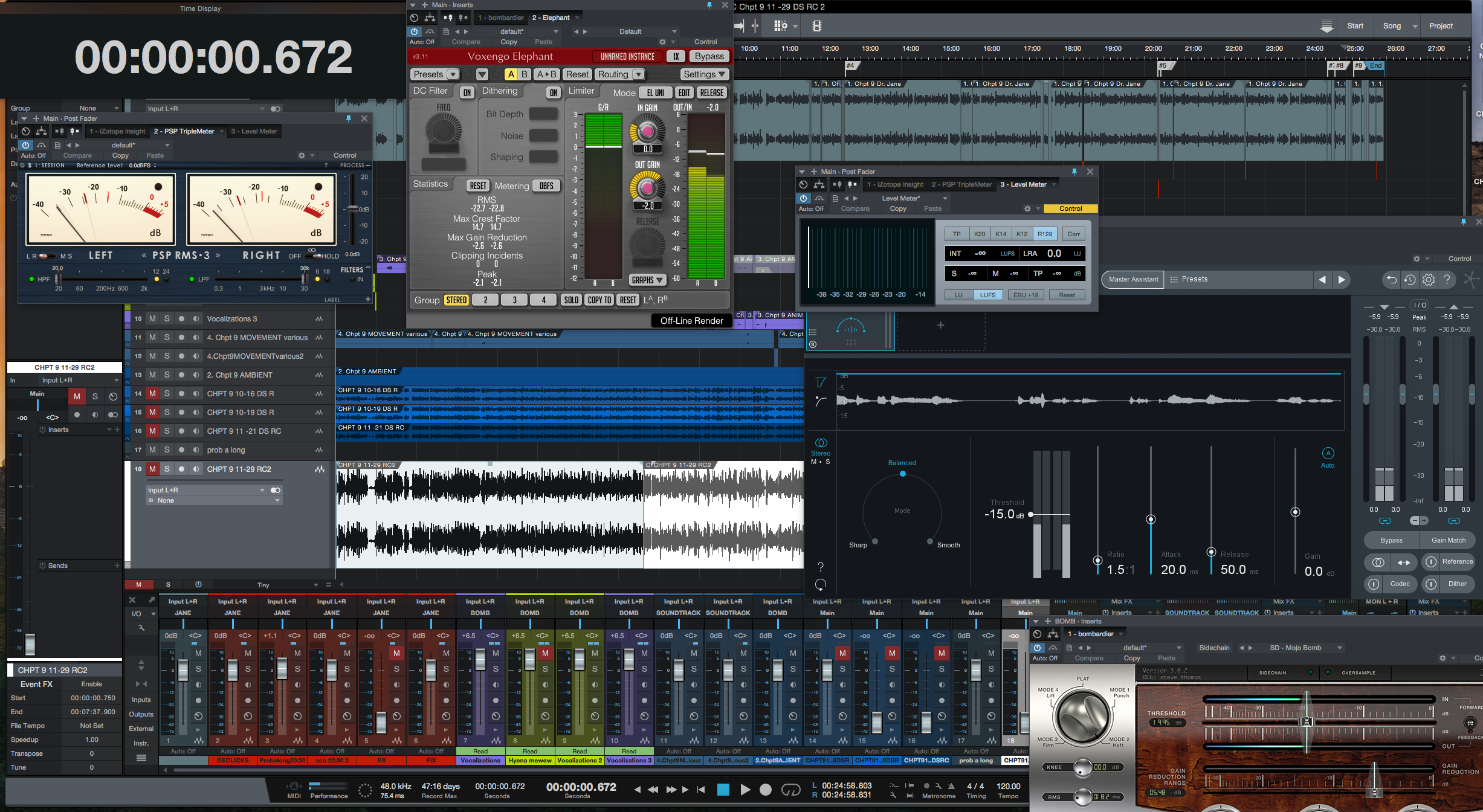
Before mixing there was allot of audio editing, clean up and restoration.
How so? Producer Ruth Mendelson’s arrangements are very dense. Each scene as 'sound event' was a complex weave of multiple ambient, animal sound and sound effects layers from varying sound sources. Ruth's goal was to create a holographic sound environment--escorting the listener directly into Jane's world of adventure, discovery and at times, danger. In doing so, she paid meticulous attention not only to editing dialogue, but how animals, machines, even weather literally move through space. Beyond the layered scene gain structure and EQ that she crafted, additional audio editing and/or trimming and noise reduction to fit the broader inter-chapter context was my practice.
Ambient forest, insect and animal recordings were provided by Dr. Jane’s long-time cinematographer Bill Wallauer. That means we have some camera audio or recorded audio near the camera location. 8mm cameras were used during the 60s and 70s. They were more affordable and portable, and of course mechanical. Which means on top of the ambient jungle sound like wind, there is an audible mechanical clicking sound from the spinning film reels often accompanied by high-pitched fingernails on chalkboard sound.
What type of audio tools do you use to address that type of issue?
Isotopes RX6 has a suite of tools to address just about any problem I encountered. The Spectral Repair module allows you to remove or replace with surrounding audio within a specific frequency range.
Also, there were moments when a plane flew over, a truck drove up or somebody coughed right in the spot where Ruth “just had to have that audio,” where the replace function was used.
Where did all the sound effects come from?
For the most part stock sounds were not used. Any source material Ruth did not personally create was gathered by herself, along with her team of audio research and foley interns under her direction. ***A note on the animal and ambient sounds of Gombe and beyond: Ruth spent two years researching and scouring archival footage to ensure the accuracy of the species, gender and temperament expressed, including the sound in context to time of day and season. Jane served as Ruth's sound consultant throughout the process. Ruth would only consider a sound as "final" once it was met with Jane's approval. All the authentic historic audio provided by Bill Wallauer, Dr. Jane’s cinematographer of many years.
What would you say is your least favorite sound? Well, besides the animal abuse stuff, seemingly endless cicada and other insect nighttime ambient jungle can be quite fatiguing on the ears.
What did you use to record Dr. Jane?
We had two Laptop rigs 1.) MB Pro running MOTU Digital Performer with UA-Audio Apollo Twin Duo 2.) MS Tablet book running Cakewalk SONAR Platinum with RME Babyface and to be extra, extra safe we set up a ZOOM xxx recorder close to the mic position. Additionally, we used a Schoeps CMC6 preamplifier/MK41 capsule microphone combination.
What other audio tools did you use in the production?
Ruth did her audio editing and arranging exclusively in MOTU DP. The process was Ruth would do her work in DP then export stems for mix and or additional editing and processing if needed.
The bulk of my audio editing and all the mixing and mastering was done using PreSonus Studio One. I have always liked its sound and just how solid the audio engine performs. Due to the length of the chapters, I spent a lot of time scrolling around using a jog wheel with never a hiccup. Also, it’s just easy to use.
Depending on the task, some audio editing and all the cleaning and restoration was done using Izotope Rx6. Additionally, Zynaptiq Unveil and Unfilter were used to address particular problems I encountered in some poor audio source situations. As my grandfather used to say, “use the right tool for the job.”
What did you use for metering and statistical analysis?
-
iZotope, Insight 2 and RX 6 waveform statistics
-
Presonus, Level Meter
-
PSP Audio, Triple Meter -I just love the vintage analog look.
Audio Plug-ins used:
-
iZotope, Ozone 8’s Vintage Compressor (used on Dr. Jane’s voice throughout) Vintage limiter, EQ, Maximizer, Post EQ, and RX6 Declick and Denoise
-
PreSonus Studio One, Pro EQ, Limiter, Level Meter, Mixtool and Open-Air Convolution Reverb
-
PSP Audio, Triple Meter
-
Soundtoys, Echo Boy and Decapitator
-
Stillwell Audio Bombardier RMS Mastering Compressor
-
UA-Audio, LA3A compressor/limiter (as line driver), EMT 140 Plate and RealVerb reverbs, precision limiter and EQ
-
Zynaptiq Unveil and Unfilter
-
Voxengo Elephant Mastering Limiter
What interface did you use?
-
UA-Audio Apollo Twin and Apollo X6
Some Sights


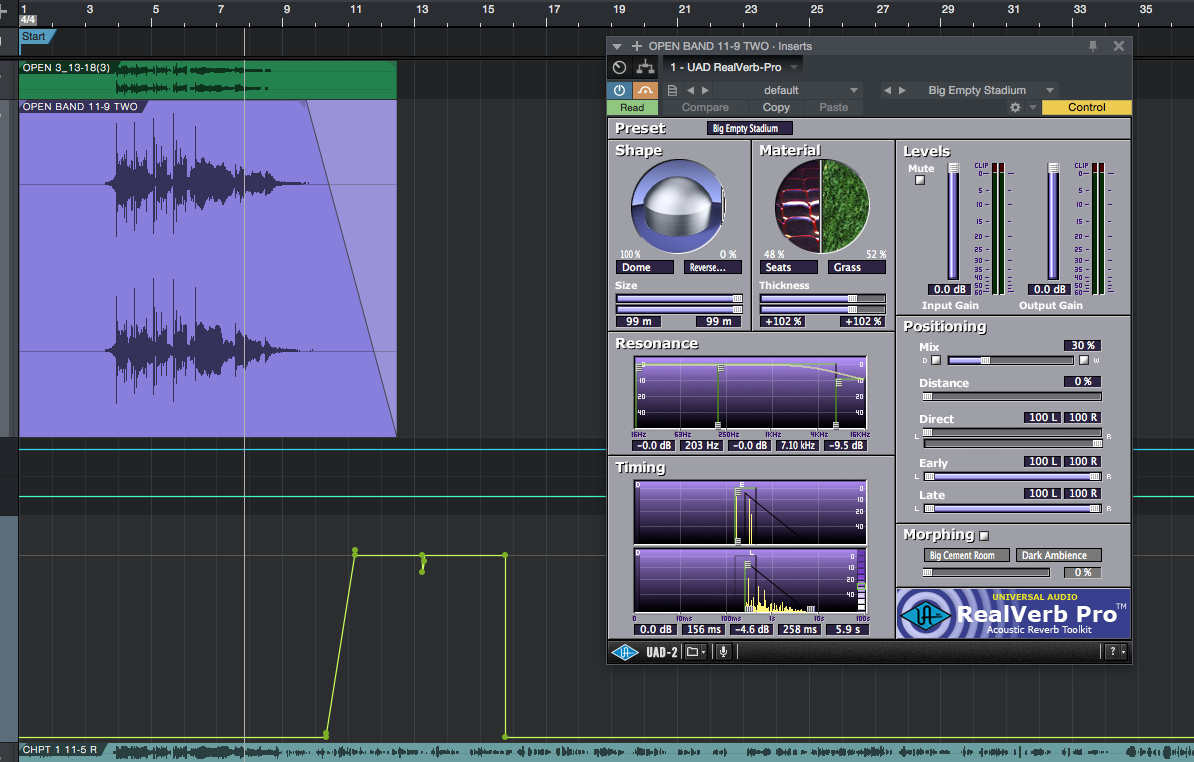
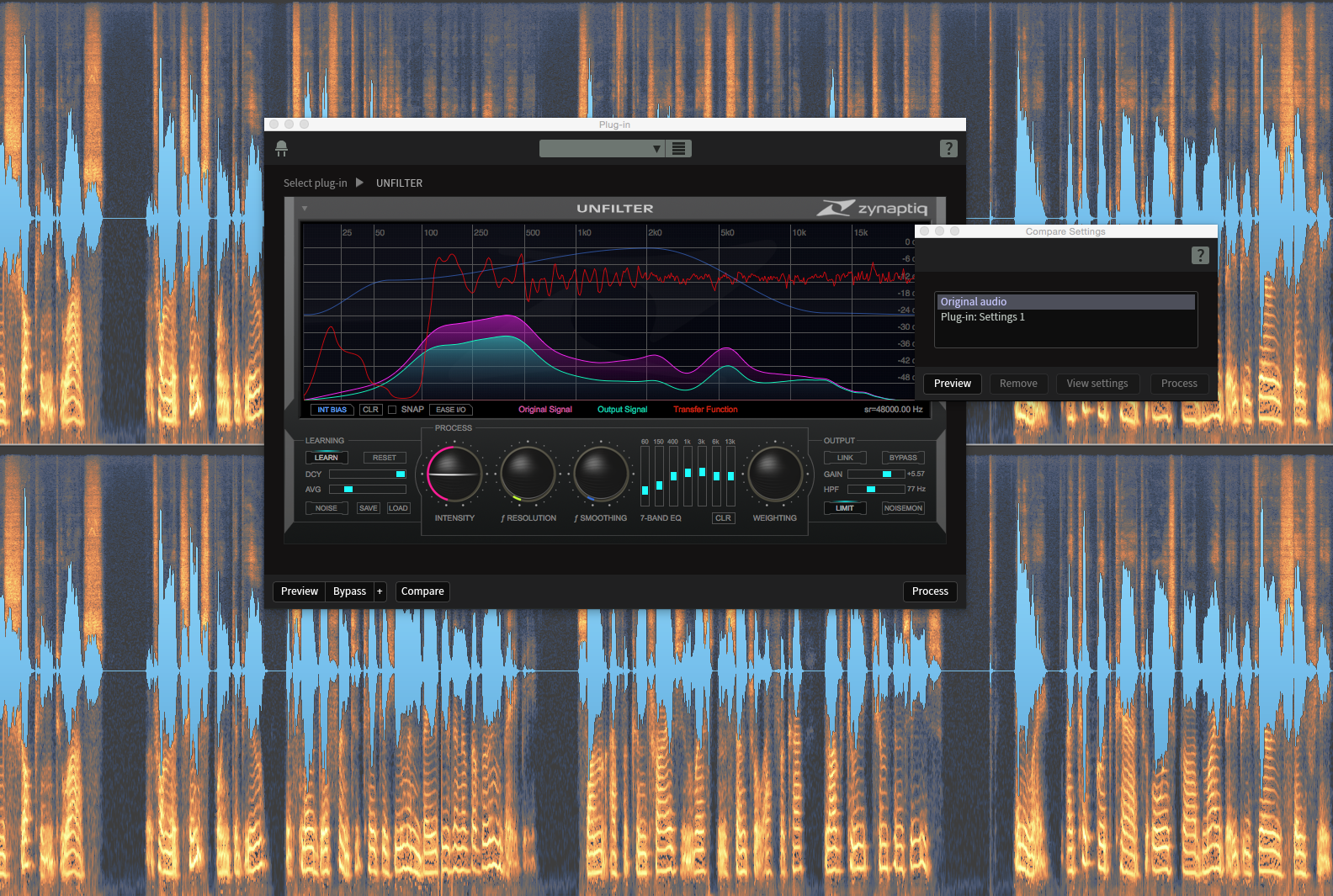
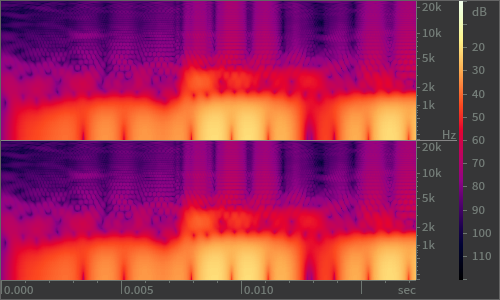
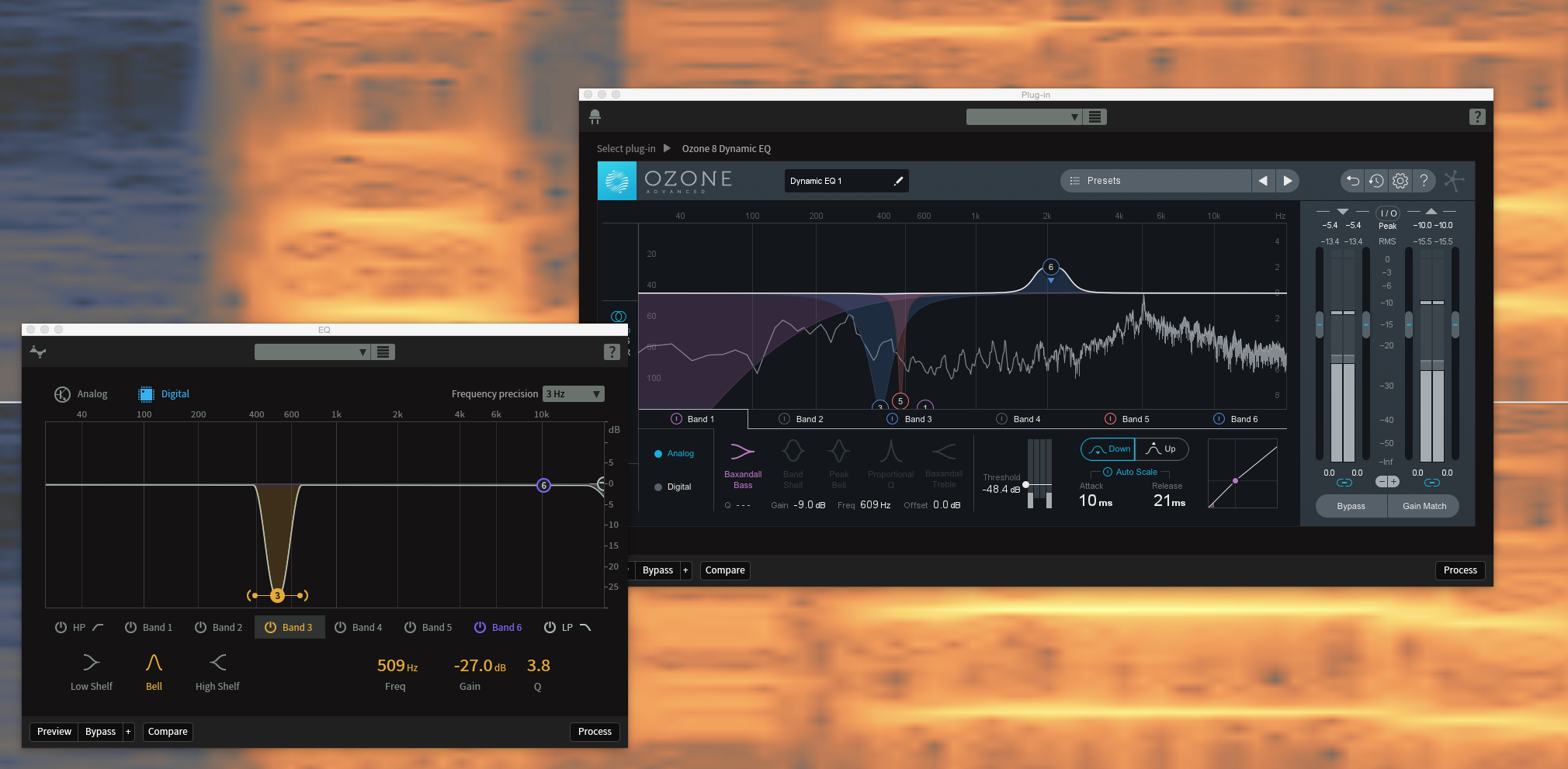


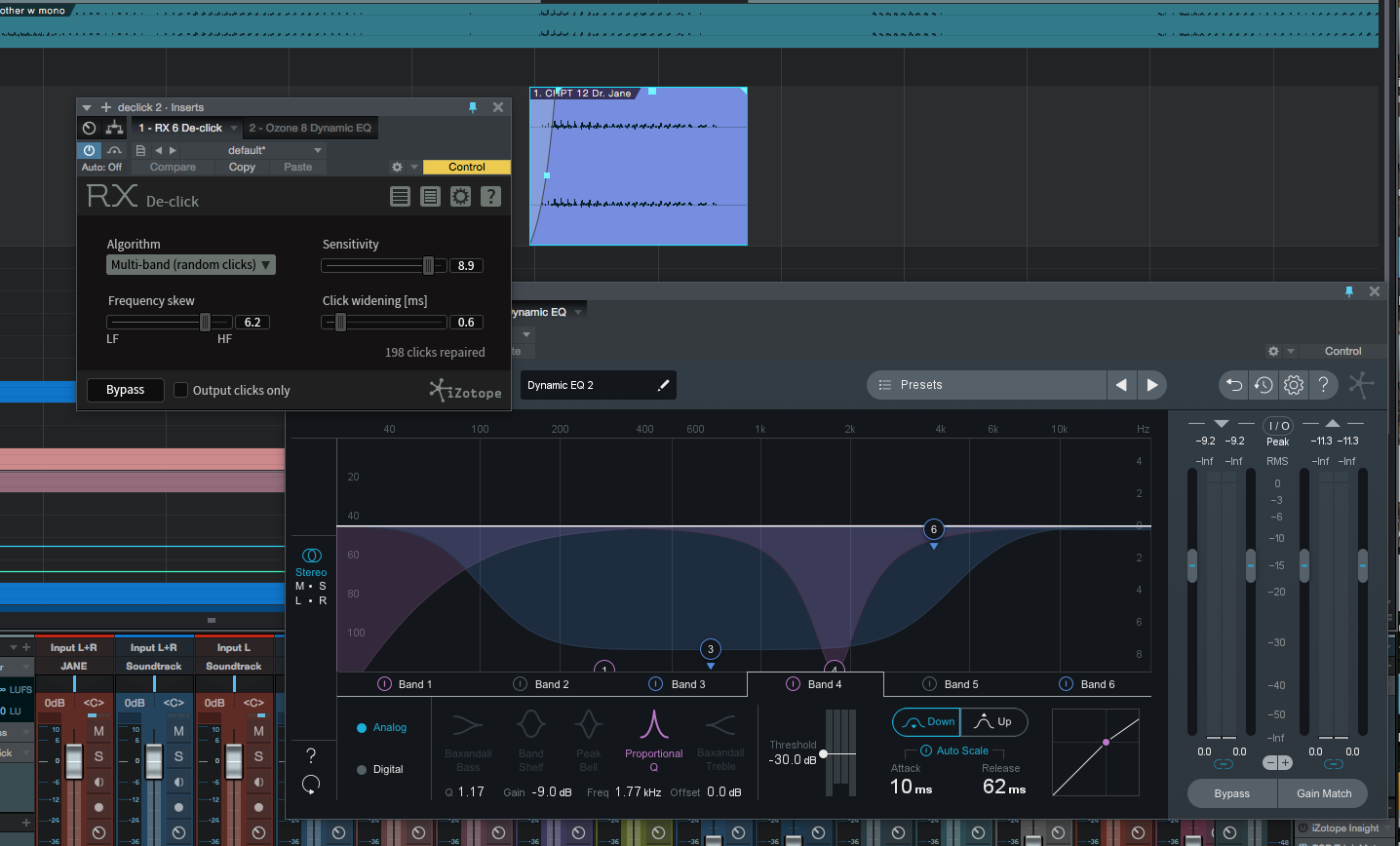

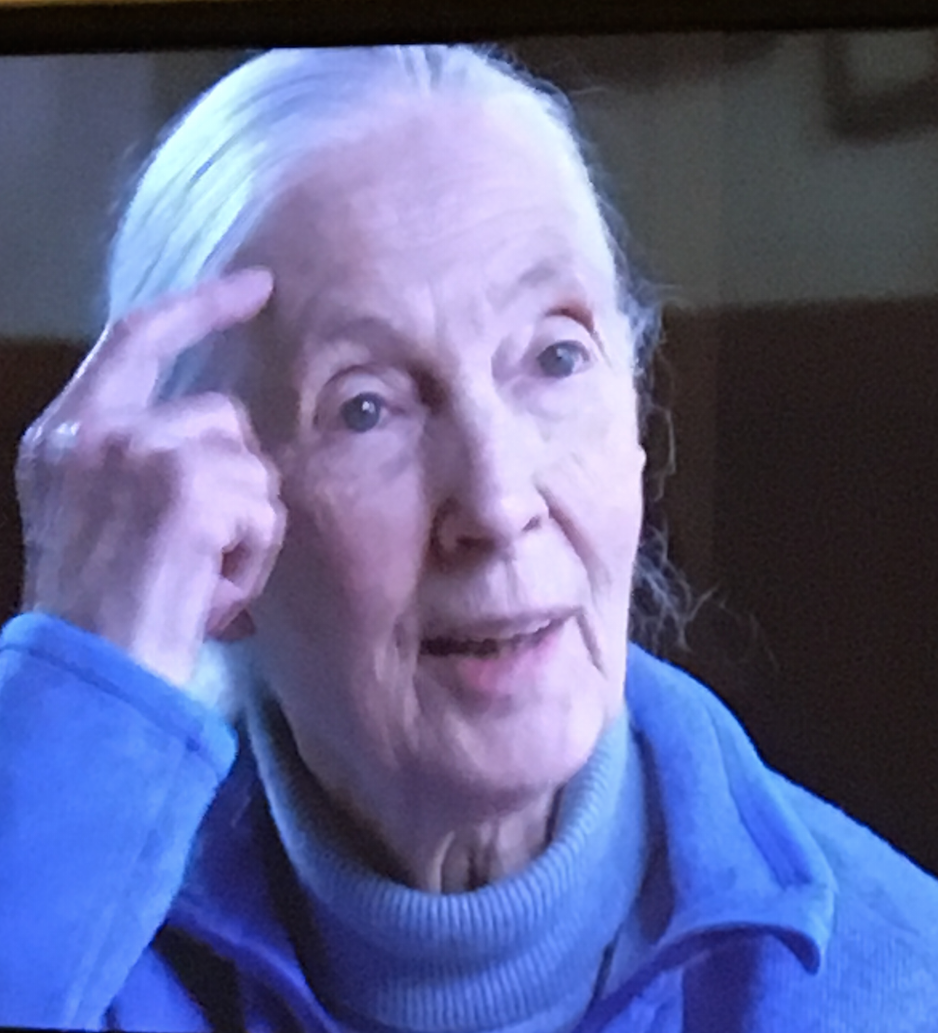
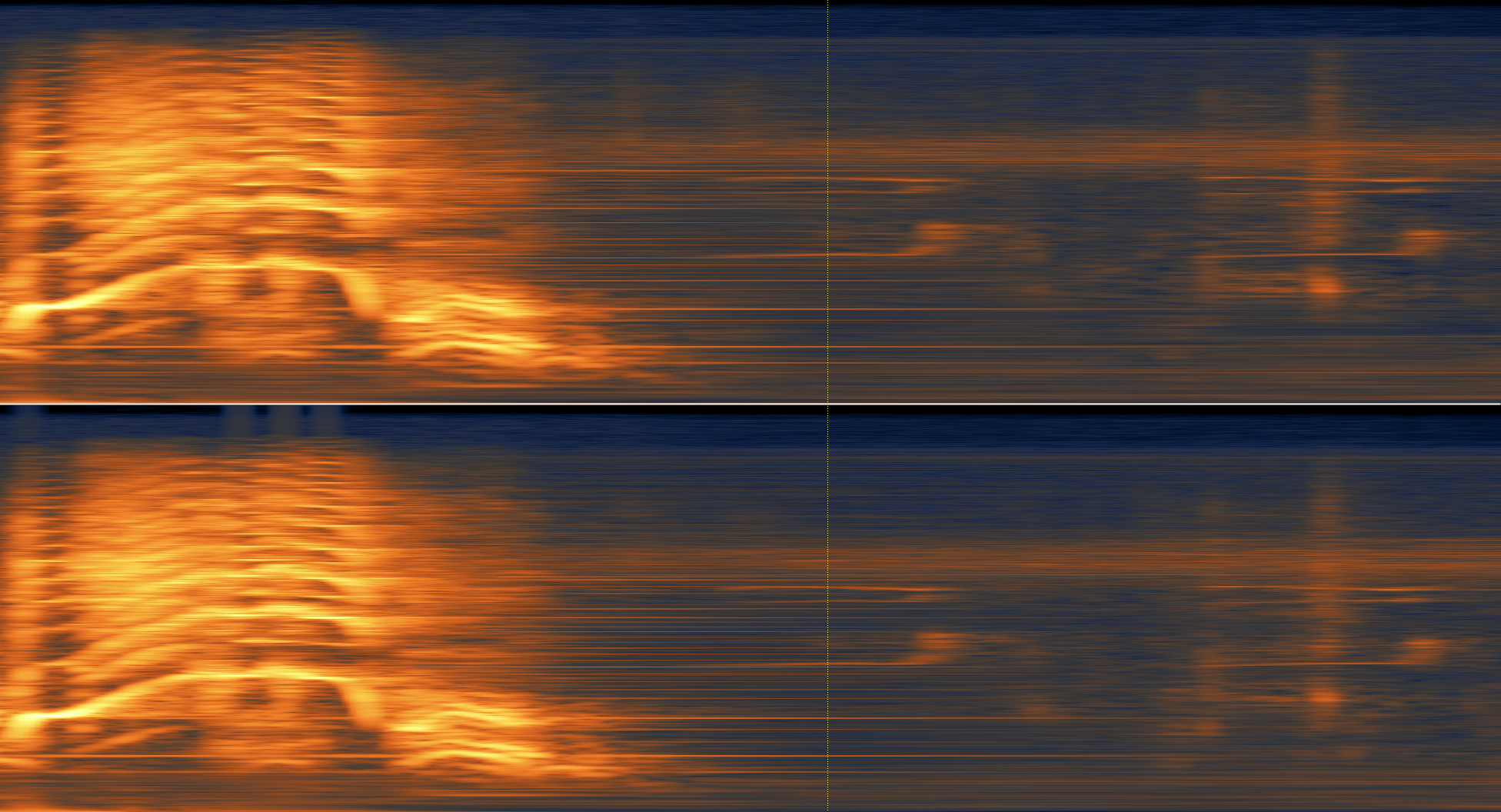

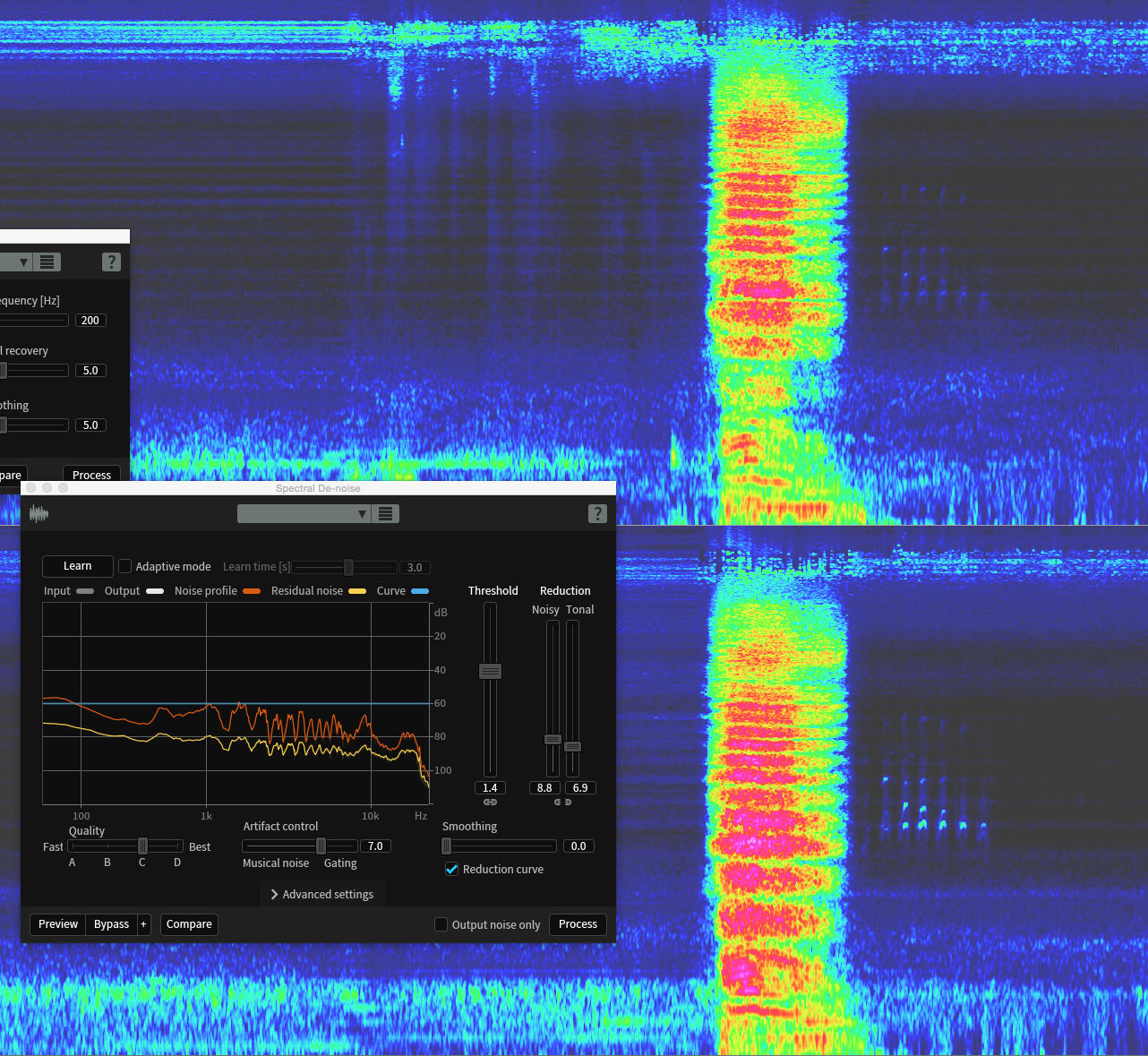
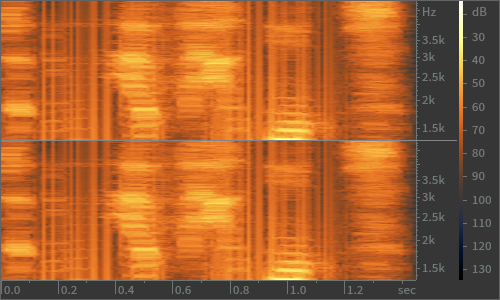

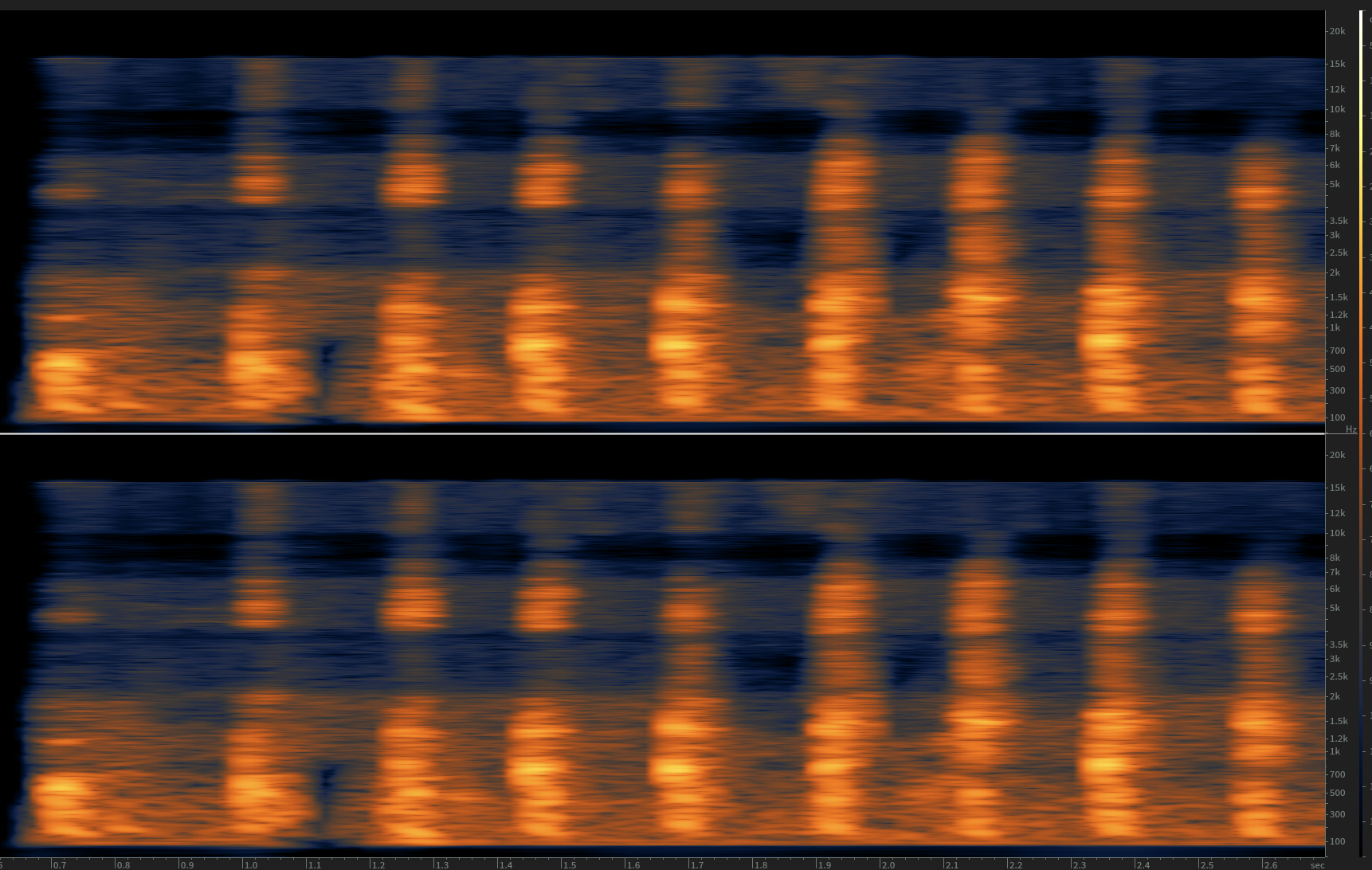

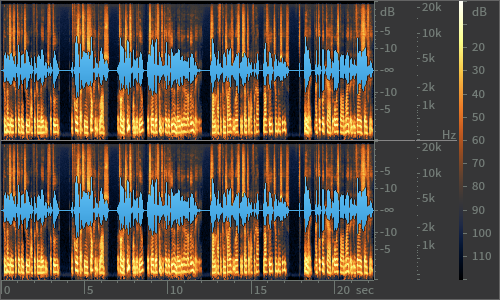

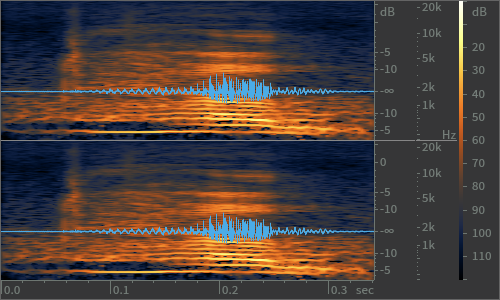


What an experience... as always it was pleasure working along-side Film Composer/Producer Ruth Mendelson and did my best to realize sonically what she and Dr. Jane envisioned for this work.
In the end, it was a privilege to have had a part in preserving a much-loved classic in a new enduring and evocative form; in contribution to an ever-enduring legacy of one of Earths’ most beloved and renown conservators.
Thanks for reading!
-Steve
